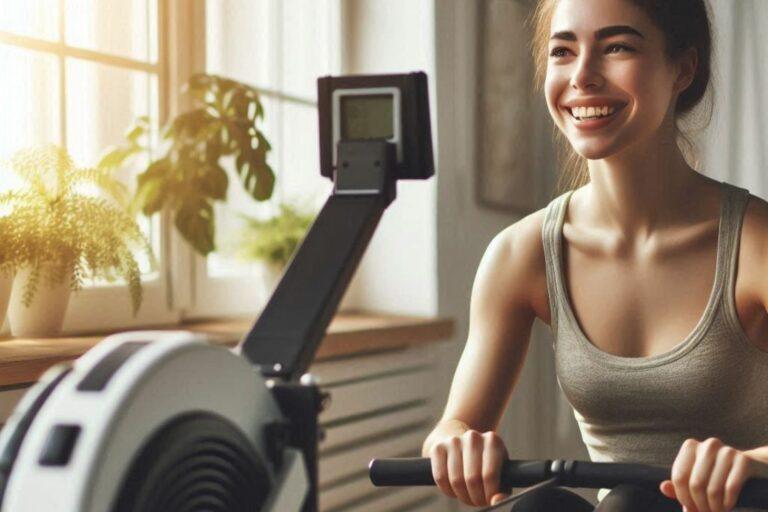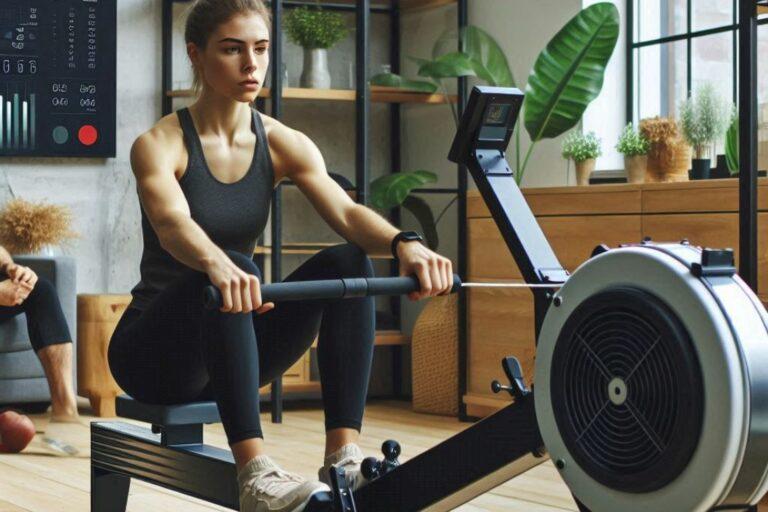Starting a new workout routine can be daunting, especially when faced with a plethora of equipment options.
The rowing machine, often overlooked, offers a low-impact, full-body workout perfect for beginners.
But where do you start?
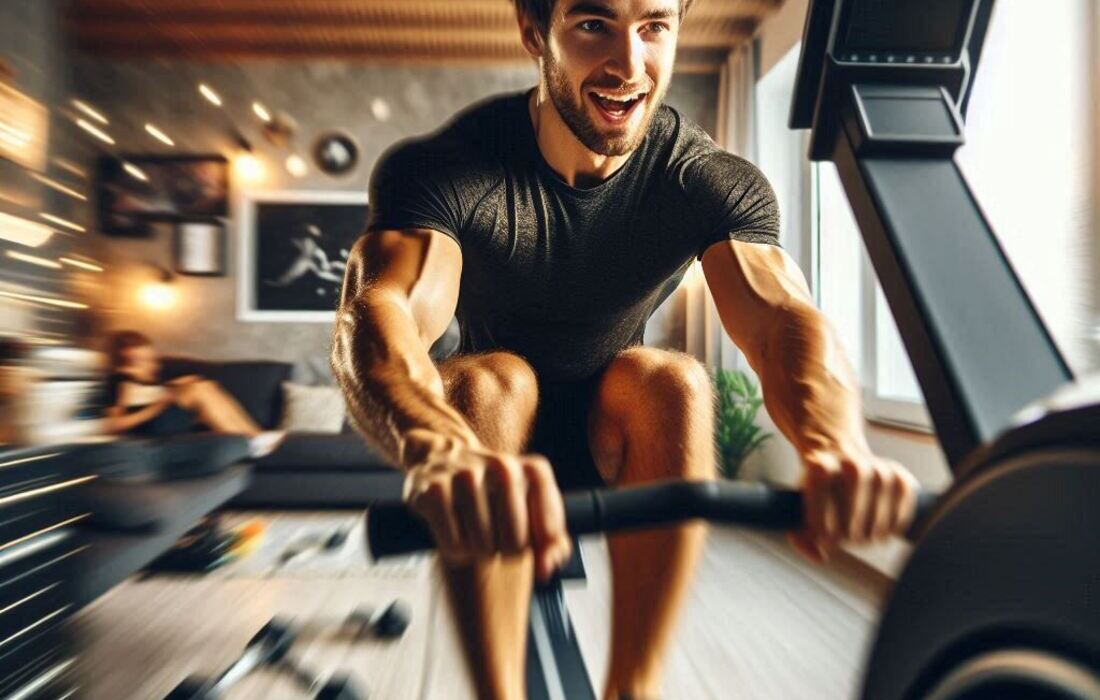
This guide is designed to equip you with the essential knowledge to embark on your rowing journey with confidence.
We’ll cover everything from choosing the right machine to mastering the basic rowing stroke, ensuring you have a smooth and enjoyable experience as you build strength and endurance.
Let’s get started!
Understanding the Benefits of Rowing for Beginners
Rowing offers a multitude of benefits, making it an excellent choice for beginners.
Let’s explore why you should consider incorporating rowing into your fitness routine.
Low-Impact Exercise
One of the most significant advantages of rowing is its low-impact nature.
Unlike high-impact exercises like running or jumping, rowing is gentle on your joints, making it suitable for people of all ages and fitness levels.
Full-Body Workout
Rowing engages multiple muscle groups simultaneously, providing a comprehensive workout.
From your legs and core to your arms and back, you’ll feel the burn as you strengthen and tone your entire body.
Improved Cardiovascular Health
Regular rowing sessions enhance your cardiovascular system, improving heart health, lung capacity, and endurance.
As your fitness level increases, you’ll notice improved stamina and reduced fatigue.
Mental Well-being
Physical activity has a positive impact on mental health.
Rowing can help reduce stress, improve mood, and boost overall well-being.
The rhythmic nature of the rowing motion can also be meditative.
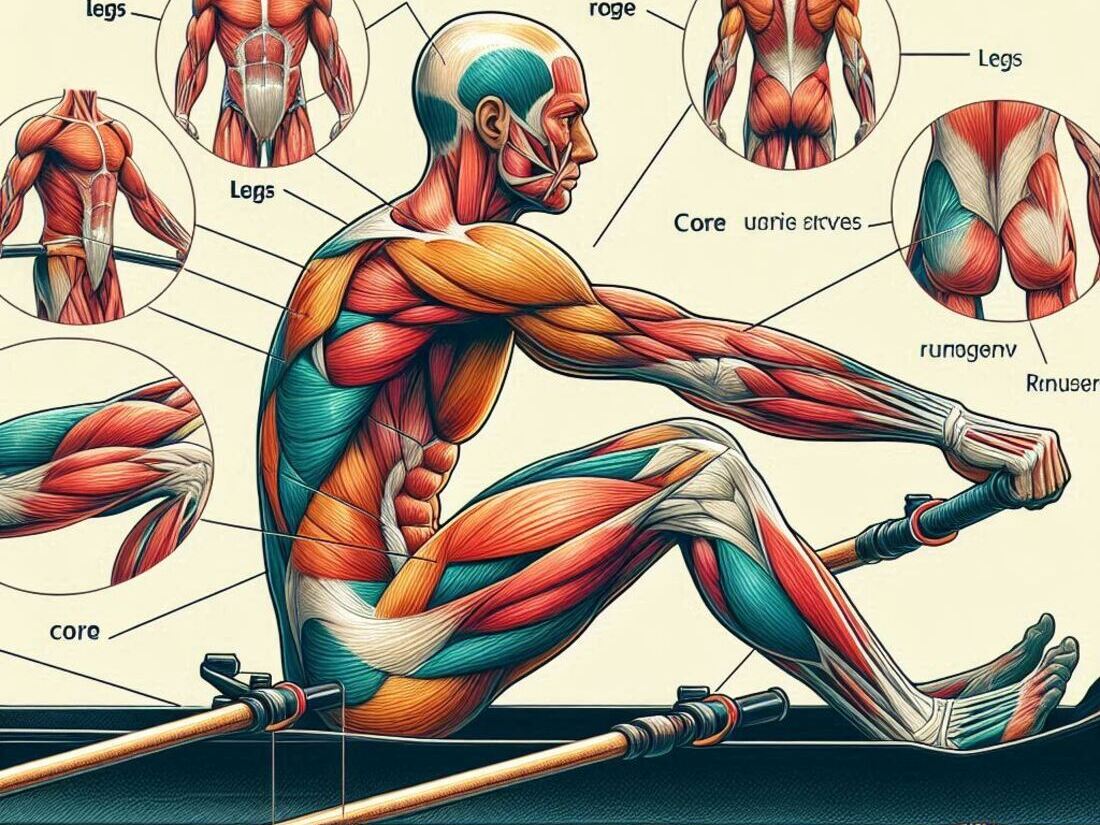
By understanding these benefits, you can appreciate the value of incorporating rowing into your fitness journey.
Choosing Your First Rowing Machine
Selecting the right rowing machine is crucial for a positive beginner experience.
Let’s explore the key factors to consider:
Key Factors for Beginners
When choosing your first rowing machine, focus on these essential factors:
- Budget: Determine a realistic budget for your purchase.
- Space: Consider the available space in your home for the rowing machine.
- Ease of use: Look for a machine with a simple and intuitive interface.
- Noise level: If you share your living space, consider a quieter option.
- Portability: If storage is a concern, a foldable or compact machine might be ideal.
Recommended Rowing Machines for Beginners
Based on the factors above, here are some recommendations for beginners:
- Magnetic resistance machines: Often offer a good balance of price, performance, and noise level.

- Hydraulic resistance machines: Affordable and compact options, suitable for limited space.
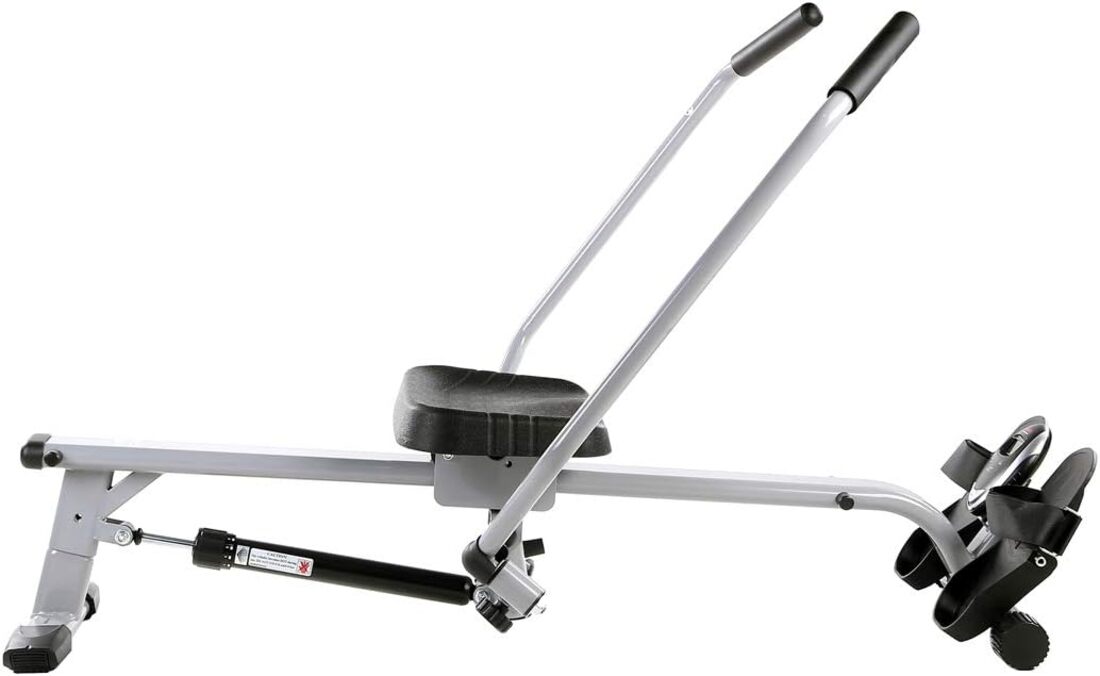
Remember: While these are general recommendations, it’s essential to consider your specific needs and preferences when making a final decision.
Setting Up Your Rowing Machine
Properly setting up your rowing machine is essential for comfort, safety, and optimal performance.
Let’s explore the key steps:
Assembly Tips
- Read the manual: Carefully follow the manufacturer’s instructions for assembly.
- Seek assistance: If you’re unsure about any steps, consider asking a friend for help or contacting customer support.
- Take your time: Avoid rushing the assembly process to prevent mistakes.
Finding the Perfect Spot
- Consider space: Ensure you have enough room to move freely during your workouts.
- Choose a stable surface: Place the machine on a level and sturdy floor.
- Ventilation: Position the machine in a well-ventilated area to prevent overheating.
Essential Accessories
While not mandatory, these accessories can enhance your rowing experience:
- Workout mat: Protects your floor and reduces noise.
- Heart rate monitor: Tracks your heart rate during workouts.
- Water bottle holder: Keeps your hydration within reach.
By following these guidelines, you’ll create a suitable environment for your rowing workouts.
Mastering the Basic Rowing Stroke
Developing proper rowing technique is fundamental to enjoying your workouts and preventing injuries.
Let’s break down the essential elements:
Step-by-Step Guide to Proper Form
- Catch: Start with your body leaning slightly forward, arms extended, and core engaged.
- Drive: Initiate the stroke by pushing with your legs, followed by a controlled back angle and arm pull.
- Finish: Complete the stroke by pulling the handle to your chest while maintaining a strong core.
- Recovery: Reverse the sequence, starting with arms, then body, and finally legs.
Common Mistakes to Avoid
- Hunching: Maintain a tall, upright posture throughout the stroke.
- Using arms excessively: The legs provide the primary power.
- Bouncing on the seat: A smooth, controlled motion is essential.
Building Strength and Endurance Gradually
- Start slow: Begin with shorter workouts and gradually increase duration.
- Focus on technique: Prioritize proper form over speed.
- Listen to your body: Take rest days when needed.
By mastering the basic rowing stroke and gradually building strength and endurance, you’ll lay a solid foundation for your rowing journey.
Creating a Beginner-Friendly Workout Routine
Starting with a simple and effective routine is key to building consistency and enjoyment.
Let’s create a workout plan tailored for beginners.
Sample Workout Plan
- Warm-up: 5 minutes of light rowing, followed by dynamic stretches.
- Main set: 20-30 minutes of continuous rowing at a comfortable pace. Focus on maintaining proper form.
- Cool-down: 5 minutes of easy rowing and static stretches.
Frequency: Aim for 3-4 sessions per week to start.
Tips for Progression
- Gradually increase duration: As you build endurance, extend your workout time by 5 minutes every week.
- Incorporate intervals: Once comfortable with steady-state rowing, try alternating between high and low intensity.
- Listen to your body: Rest when needed and avoid overexertion.
Incorporating Variety
To prevent boredom and plateaus, consider these variations:
- Change your rowing stroke: Experiment with different cadences and power outputs.
- Cross-training: Combine rowing with other forms of exercise like walking or swimming.
- Online workouts: Explore online platforms for guided rowing sessions.
By following these guidelines and gradually increasing the challenge, you’ll build a solid foundation for your rowing fitness journey.
Overcoming Common Challenges
Starting a new workout routine can be challenging, but with the right strategies, you can overcome common obstacles and stay motivated.
Dealing with Soreness
Soreness is a common side effect of starting a new exercise regimen.
To alleviate discomfort:
- Warm-up and cool-down: Proper warm-up and cool-down routines help prevent muscle soreness.
- Active recovery: Light activities like walking or swimming can aid in recovery.
Active Recovery Workouts and How They Can Ease Muscle Soreness – WebMD - Over-the-counter pain relievers: If necessary, use pain relievers as directed.
Staying Motivated
Staying motivated can be challenging, especially when you don’t see immediate results.
To stay on track:
- Set realistic goals: Break down your fitness goals into smaller, achievable steps.
- Find a workout buddy: Having a workout partner can increase motivation and accountability.
- Reward yourself: Celebrate milestones and achievements to stay motivated.
Testimonials
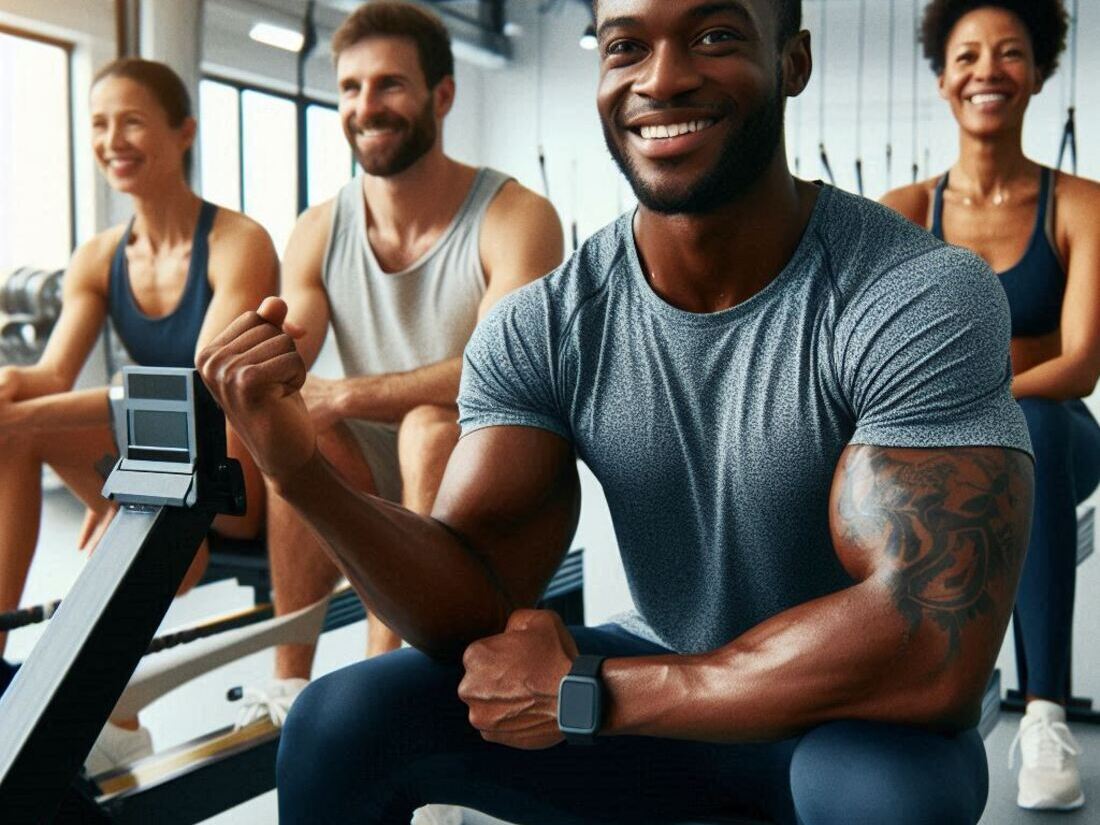
“I was nervous about starting a new workout routine, but rowing has been a game-changer. I’ve lost a few pounds and feel so much stronger. This guide helped me get started and I’m already seeing results!” – Sarah K.
“As a busy mom, finding time to exercise can be tough. Rowing has been a lifesaver! It’s low-impact and I can fit it into my schedule. This guide was incredibly helpful for a beginner like me.” – Emily M.
“I’ve always struggled with gym equipment, but rowing is different. I’m enjoying it so much! The tips on form and posture were really helpful. Thanks for the guide!” – David L.
Tracking Progress
Monitoring your progress helps you stay motivated and identify areas for improvement.
Consider using a workout journal or fitness app to track your workouts, distance, and time.
By addressing these common challenges, you can increase your chances of sticking to your rowing routine and achieving your fitness goals.
FAQs for Rowing Machine Beginners
To provide additional value to your readers, let’s address some frequently asked questions about rowing machines for beginners:
- How often should I use my rowing machine as a beginner?
- Aim for 3-4 sessions per week to start. Gradually increase frequency as you build endurance.
- Can I lose weight with just a rowing machine?
- While rowing is effective for weight loss, combining it with a balanced diet is essential for optimal results.
- Is it okay to feel sore after my first few rowing workouts?
- Soreness is common, especially for beginners. Listen to your body and take rest days if needed.
- How do I know if I’m using the correct resistance level?
- Start with a low resistance level and gradually increase it as you build strength. Focus on maintaining proper form rather than high resistance.
- Can I watch TV while rowing?
- While it’s possible, focusing on your form and technique is crucial for maximizing the benefits of your workout.
Conclusion
Rowing is an excellent exercise for beginners, offering a low-impact, full-body workout that improves cardiovascular health and mental well-being.
By following the tips and guidelines outlined in this guide, you can start your rowing journey with confidence and achieve your fitness goals.
Remember, consistency is key.
Start with short, manageable workouts and gradually increase intensity and duration as you build strength and endurance.
Don’t be afraid to experiment with different rowing techniques and workout routines to keep your workouts engaging.
To further support your rowing journey, explore additional resources such as online communities, fitness apps, or professional coaching.
Start rowing today and discover the transformative power of this fantastic exercise!

